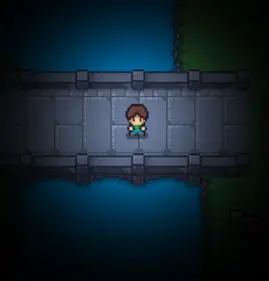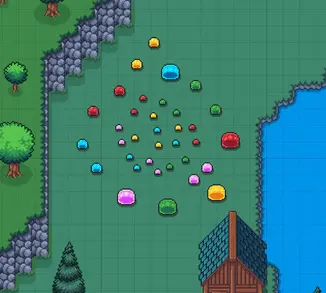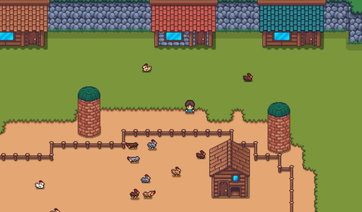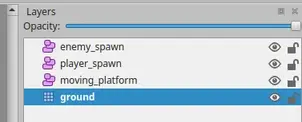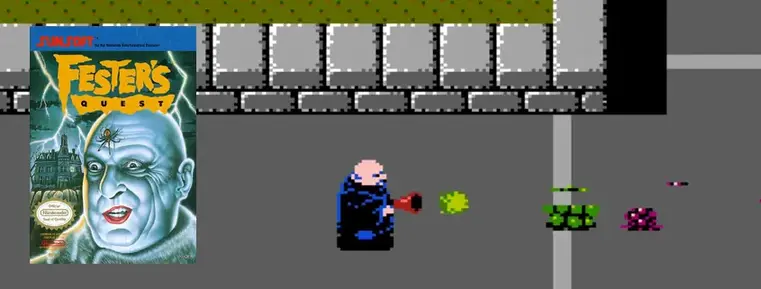How to Make Simple Lighting in Defold
It seems this post had the effect I wanted it to. I've been working on this game again. While I could go over everything I've started doing, we'll skip that and just say that in this post we're going to be adding simple light maps to a 2D game in Defold by modifying the render script.
To add this feature to my current game in theory involves copying it from my other game with some slight adjustments. This post was supposed to walk me through modifying the render script so I didn't have to do it again, but this time, my new game uses a custom orthographic camera library, which has its own custom render script, so we're back in the same situation again of trying to figure out how to mix the functionality of both render scripts into one.
Let's try again

